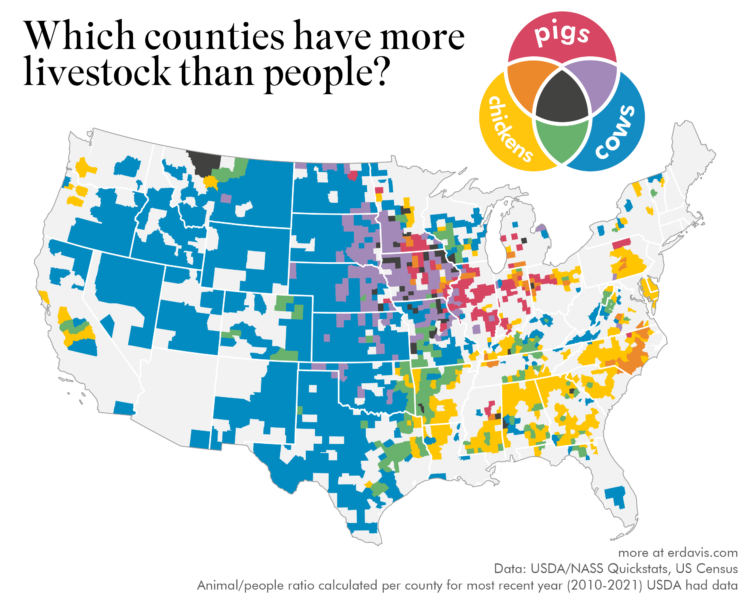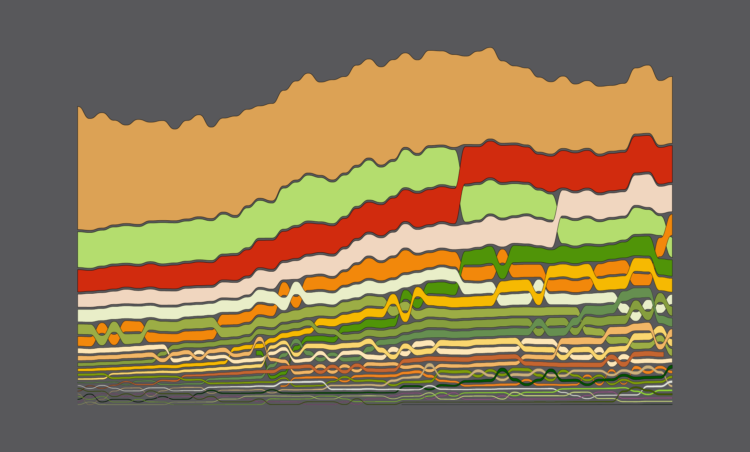
Guest post by Julie Schwartz and Kristen Booze (Felicione), Office of Public Affairs and Consumer Education, FSIS, USDA
There is nothing like a spicy beef chili to keep your belly warm in the fall and winter. Wherever you pick up your recipe ingredients this season, it is the mission of United States Department of Agriculture’s Food Safety and Inspection Service (FSIS) to ensure meat, poultry and processed egg products sold in your supermarket are safe, wholesome and accurately labeled. This means you can rest assured the food you purchased is safe to serve your family.
FSIS prides itself on keeping America’s food supply among the safest in the world along with many food safety partners, like APHL. And yet, the Centers for Disease Control and Prevention (CDC) estimates foodborne bacteria sicken about 48 million Americans (1 in 6) every year. In addition, foodborne illness hospitalizes approximately 128,000 people and causes about 3,000 deaths annually. Foodborne illness is certainly a public health concern.
Foodborne illness is preventable. And it disproportionately affects America’s most vulnerable populations, such as children, the elderly and those with compromised immune systems. This knowledge drives more than 8,600 hardworking FSIS employees to report to work every day across the United States. Their mission is to make certain the food Americans feed to their families will not cause foodborne illness. They operate at many levels as one team with one purpose: to protect public health by keeping the U.S. food system safe from farm to table.
The First Line of Defense
Inspection personnel form the core of FSIS. These 8,000 individuals are responsible for performing inspection activities at more than 6,400 food-producing and import establishments. FSIS is also the largest employer of veterinarians in the United States. Many of the FSIS Public Health Veterinarians (PHVs) help oversee the effectiveness of the food safety systems, readily applying their expertise in epidemiology, pathology, risk management and humane slaughter.
FSIS inspection personnel provide the first line of defense against diseased and adulterated meat and poultry; these products must be inspected and then labeled with the USDA Mark of Inspection before they are sent to grocery stores or restaurants. FSIS employees approve the descriptive labels on meat, poultry and egg products, such as ‘fresh’ and ‘halal,’ to ensure they are truthful, not misleading and contain the information necessary to keep you, the consumer, informed and protected.
Investigators are the eyes and ears of FSIS. These employees enforce policies and statues, and impose sanctions according to agency laws and policies to keep food safe for the consumer. Investigators also work to reduce wasteful practices, fraud and mismanagement; and ensure that criminal, administrative and civil sanctions are carried out.
A Modern, Science-Based Approach
To prepare for existing and emerging food safety threats, FSIS has stressed a science-based approach towards policy developments to achieve the statutory mission laid out by Congress. An example of how the agency adapts its policy to prevent foodborne illness is the Modernization of Poultry Slaughter Inspection regulation, which made the first major updates to U.S. poultry inspections in more than 50 years. The new requirements mandate that all poultry companies take scientifically based measures to prevent contamination, rather than addressing it after it occurs. For the first time, poultry facilities will be required to perform their own microbiological testing to demonstrate they are controlling for pathogens that cause illness, like Salmonella and Campylobacter. When fully implemented, poultry companies will have to meet new control requirements for these bacteria, and an estimated 5,000 additional foodborne illnesses will be prevented each year.
A broad team of scientists at FSIS work to investigate foodborne outbreaks and prevent foodborne illness, similar to scientists within public health laboratories. They provide the public health and scientific basis for the development of food safety policies, emergency response, outreach efforts, data collection initiatives and research priorities. They also provide the scientific basis to support preparedness, response and recovery initiatives for all threats affecting the food supply.
Ensuring meat, poultry and processed egg products are safe and wholesome requires many motivated and highly trained professionals working simultaneously as one team with one purpose. The work performed by FSIS employees touches every community in the nation and its territories. From the inspection of domestic product, imports and exports; conducting risk assessments; and educating the public about the importance of food safety, USDA is there working to build a better modern public health system that meets the evolving needs of the farm-to-table continuum.



 1.
1.  3. Listeria is unlike many other foodborne pathogens because
3. Listeria is unlike many other foodborne pathogens because 
